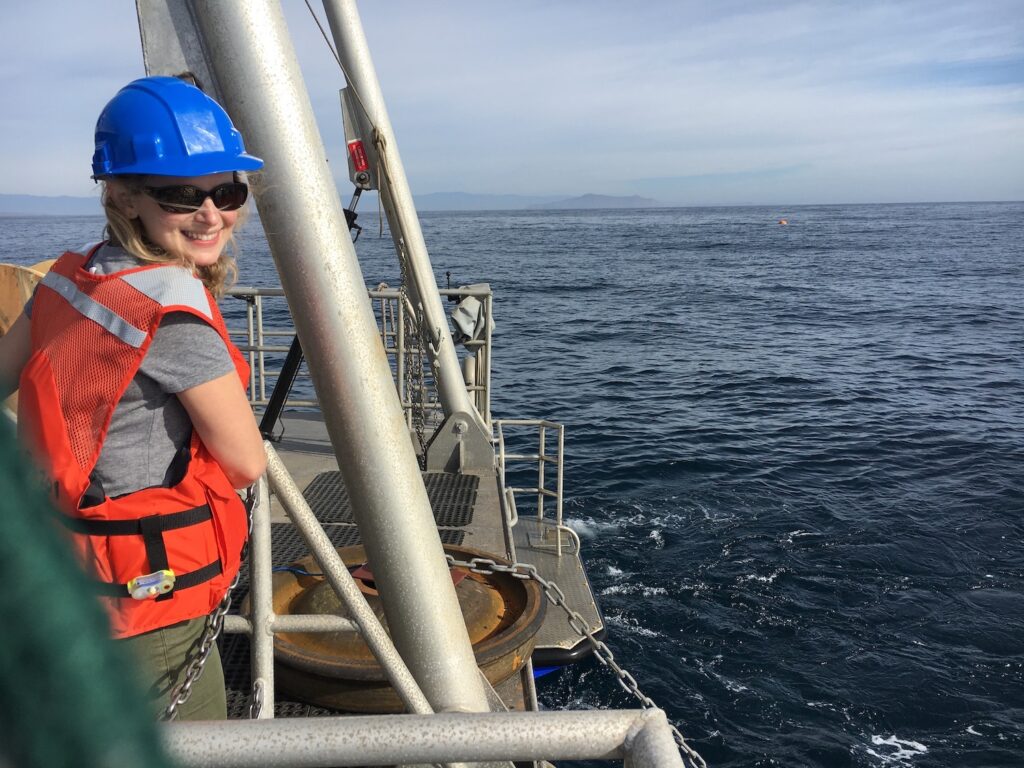This week we have on the show Dr. Bo Wu – he recently graduated from Oregon State University with a Ph.D. from the Electrical Engineering department where he developed new sensors to monitor three different neurotransmitters that are correlated with our stress, mood, and happiness. Even though so much of our bodily functions rely on these neurotransmitters (cortisol, serotonin, dopamine), there are no current commercial or rapid techniques to monitor these tiny molecules. Since the majority of innovations in University settings never gets beyond the walls of the Ivory Tower, Bo wanted to design sensors with functionality and scalability in mind. Those basic principles are why Bo was attracted to joining the lab of Dr. Larry Cheng; instead of innovations sitting on university shelves their innovations must be designed to bring to market. Using nano-fabrications technology, Bo developed sensors that are about the size of a thumbnail to provide rapid and accurate measures of different neurotransmitters to be used outside the hospital setting. The promise of having these mini-molecules be measured as a point of care diagnostic (i.e. measured by the patient) is an exciting advancement in the medical field.
This innovation is not the only one coming from Bo; with the help of a colleague, they designed a product for researchers to easily reformat academic research papers for submission to other journals. If you didn’t know, submitting manuscripts to different journals takes an immense amount of time because of the formatting changes required. But these are tedious and can take a week or longer that can be used for crucial research experiments. While this service was originally designed for Engineering publications, the COVID-19 pandemic showed them there was a greater and more immediate need. With so many people losing their jobs, they re-designed the software to help people create and re-imagine their resumes for job applications. Their website, WiseDoc.net is now geared toward helping job seekers build stronger resumes, but Bo and his team expects to return to the original idea of re-formatting papers for academic publications but will expand to those beyond just Engineering journals. Thanks to Oregon State’s Advantage Accelerator Program, Bo and his co-founder were able to refine their product and acquire seed money to get the website off the ground, which now employs a small international team to maintain and improve its services. If you have questions for Bo about starting your own business, being an international student, or the Advantage Accelerator program, you can contact him by email wubo[at]oregonstate[dot]edu.
Did you miss the show on Sunday, you can listen to Bo’s episode on Apple Podcasts!


